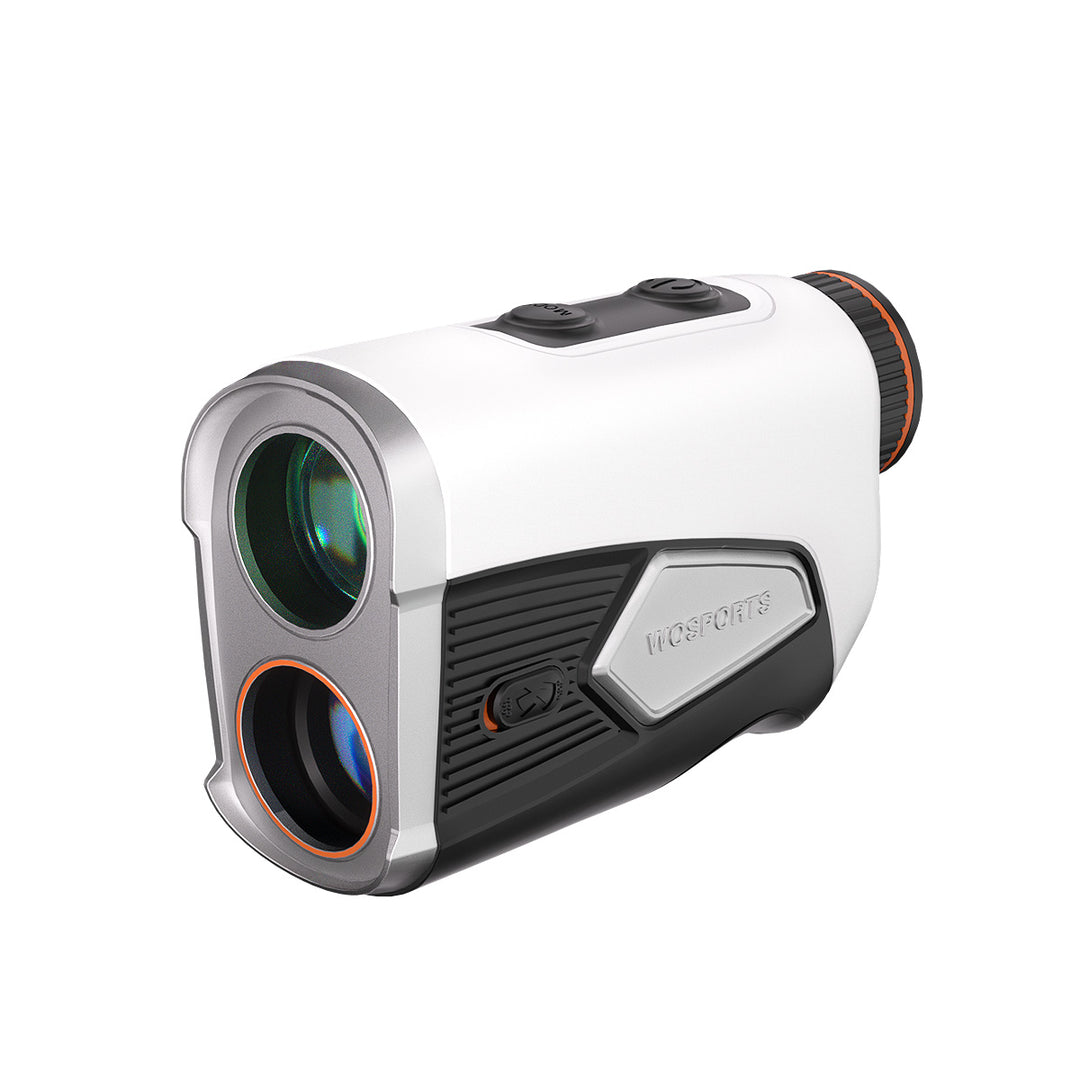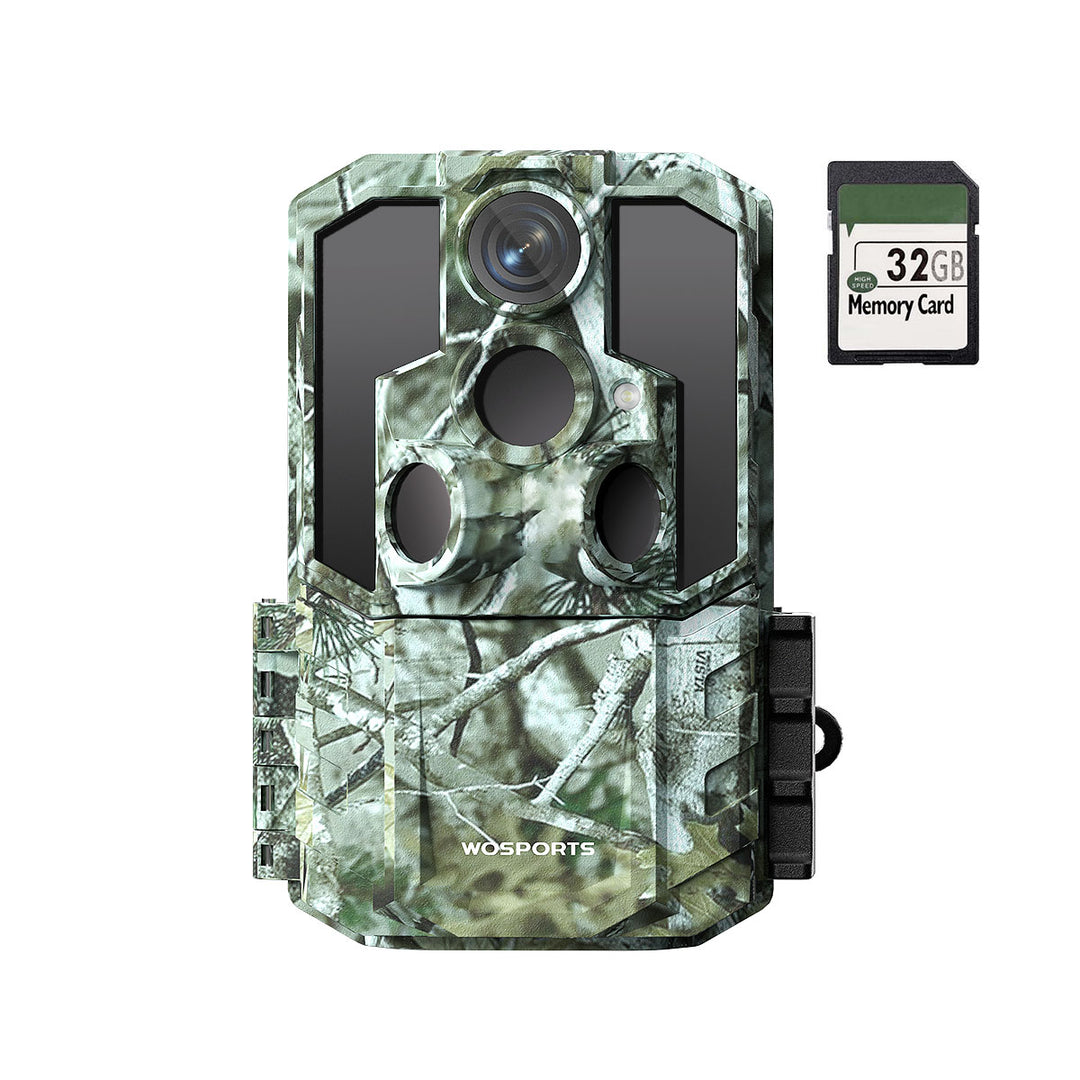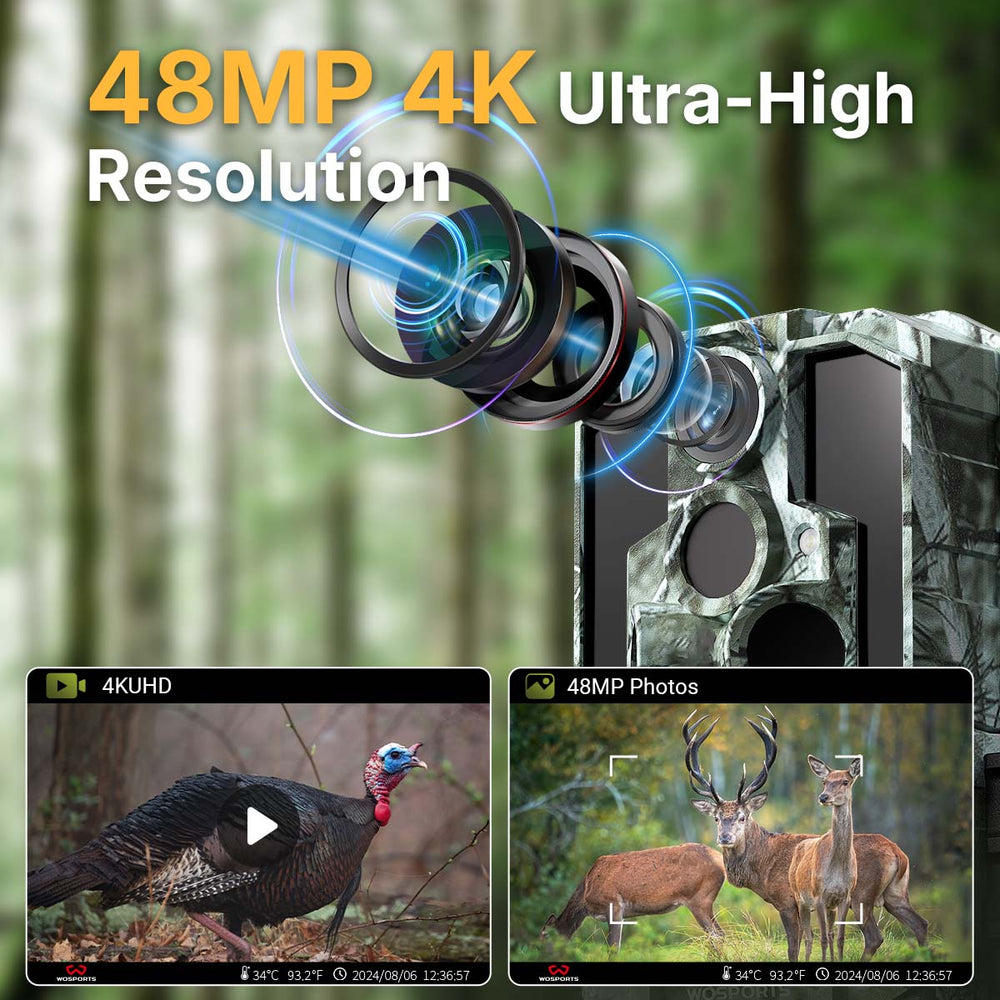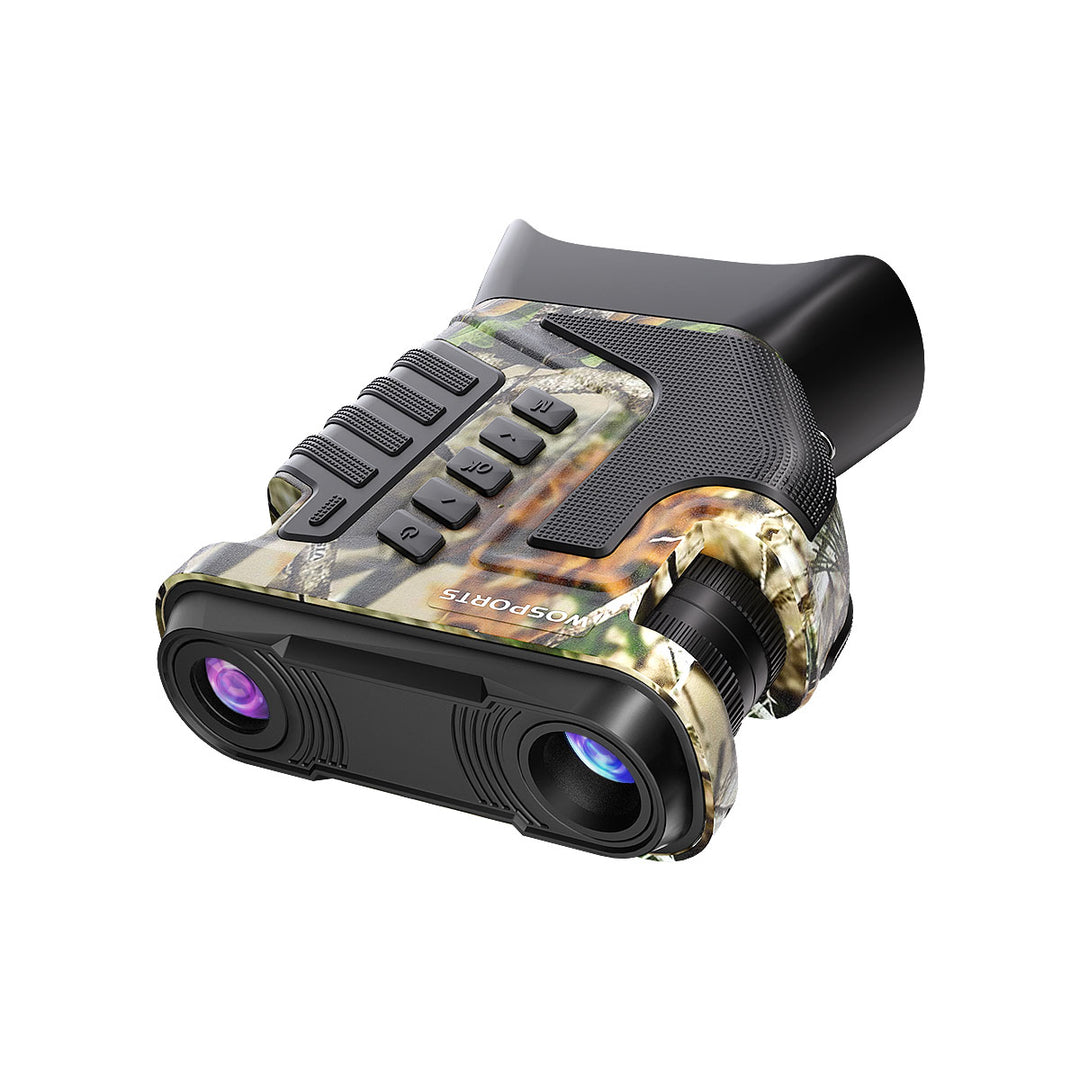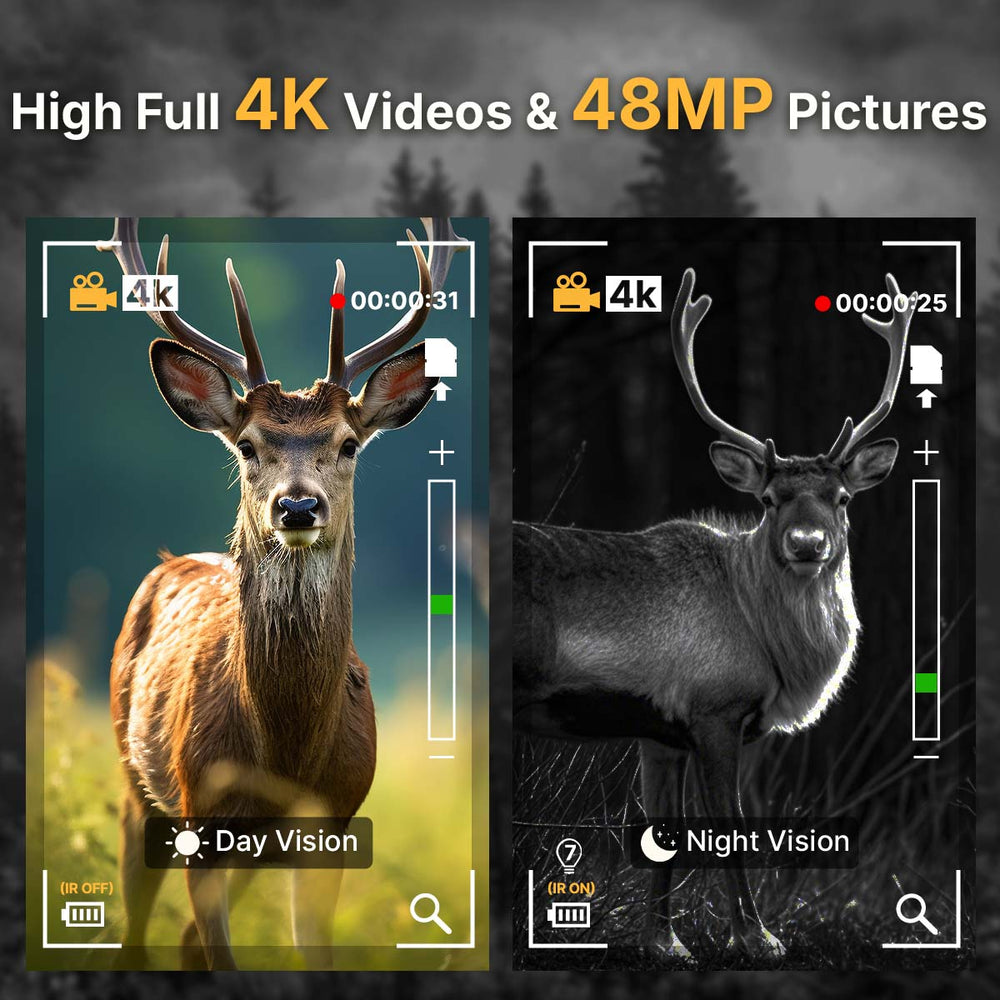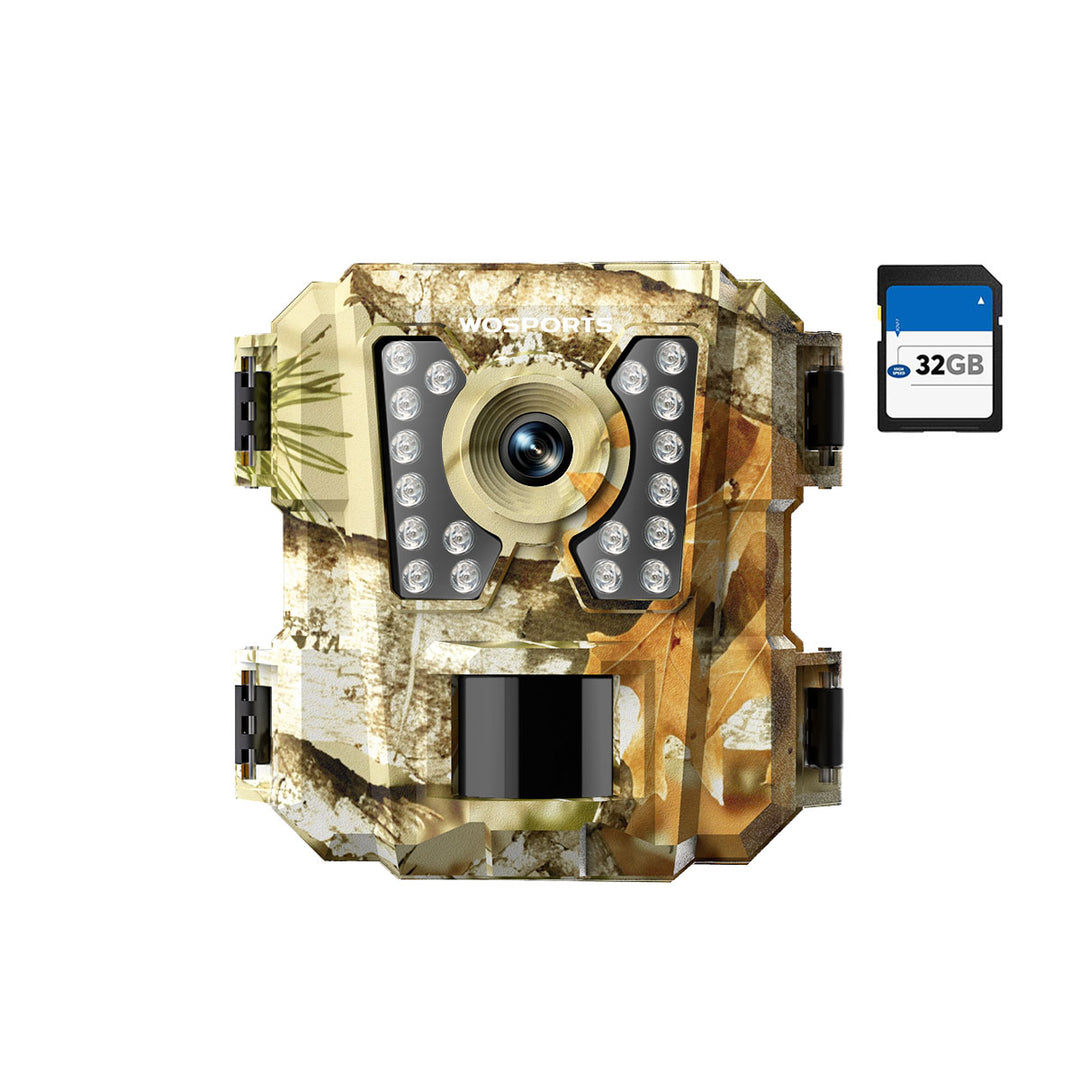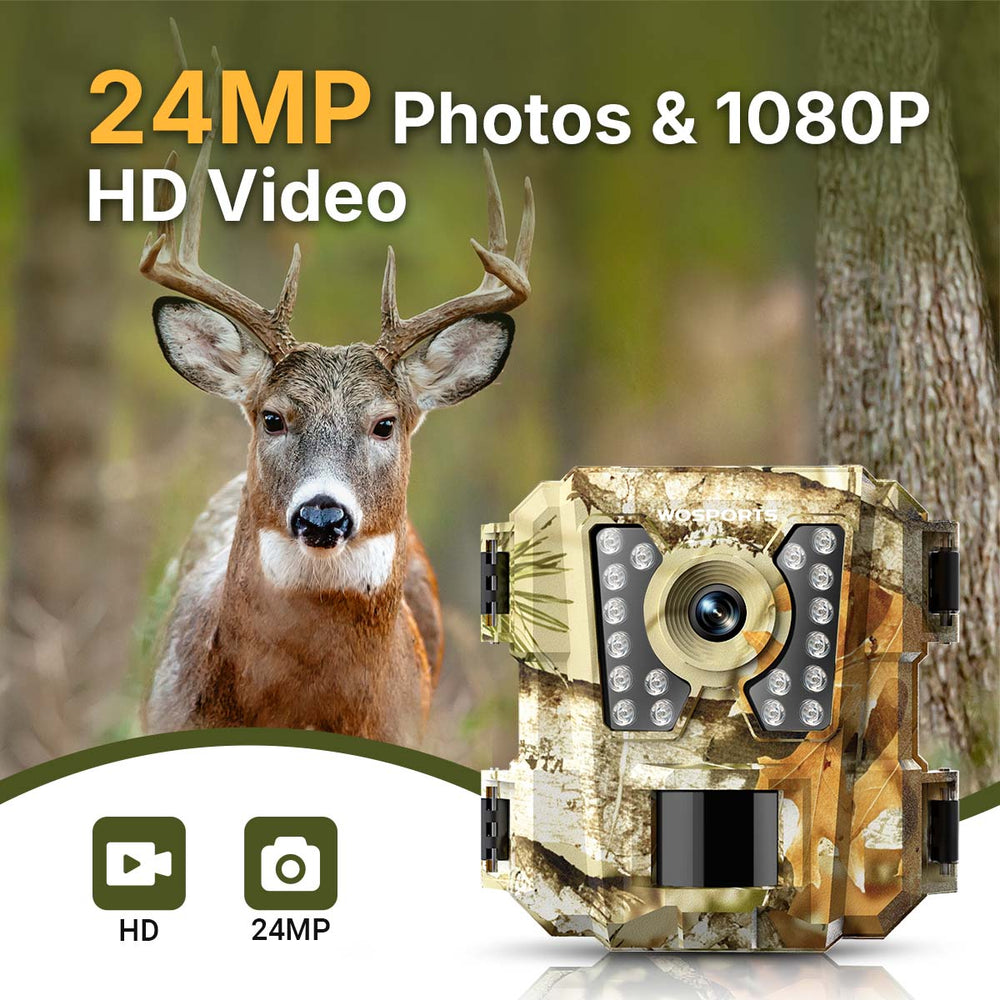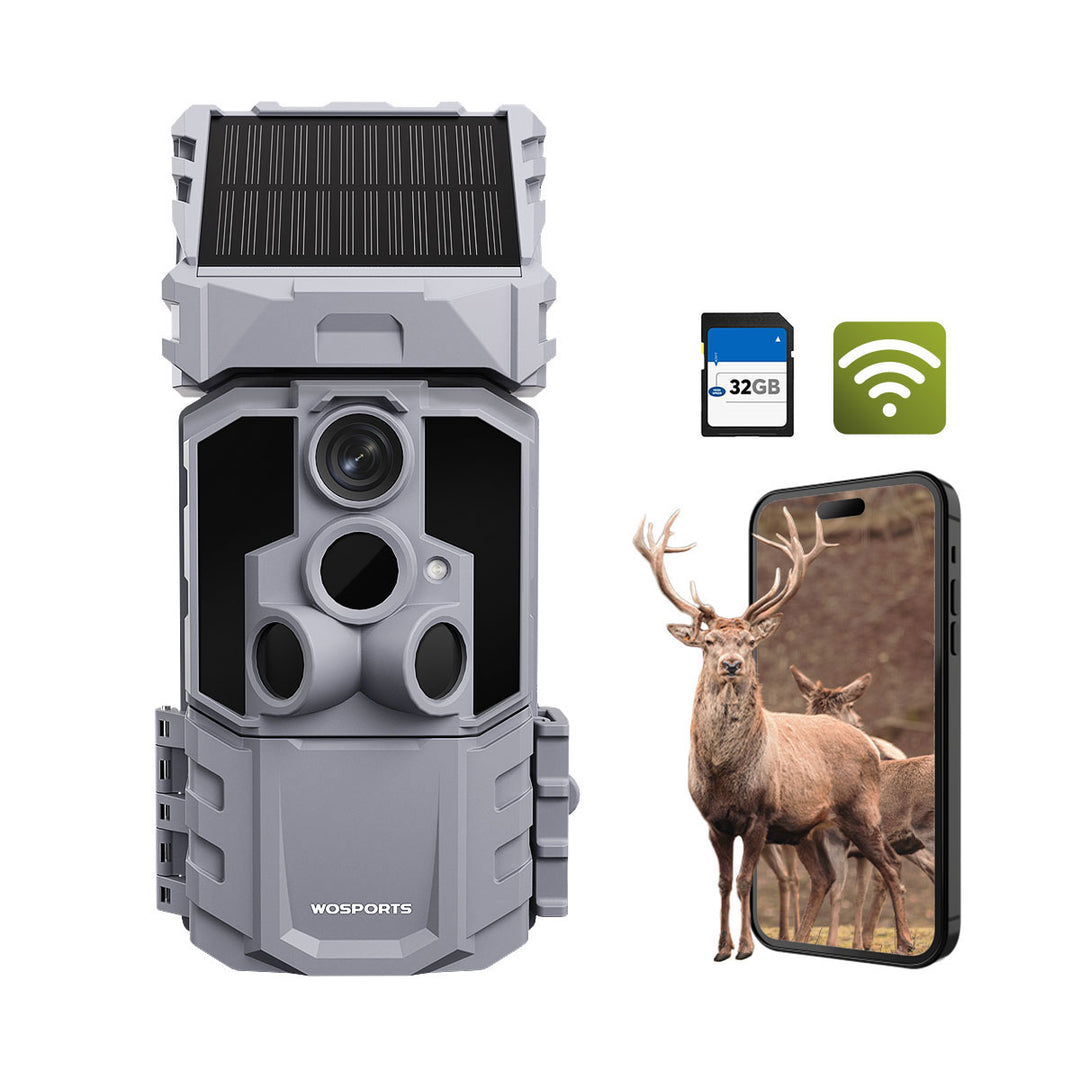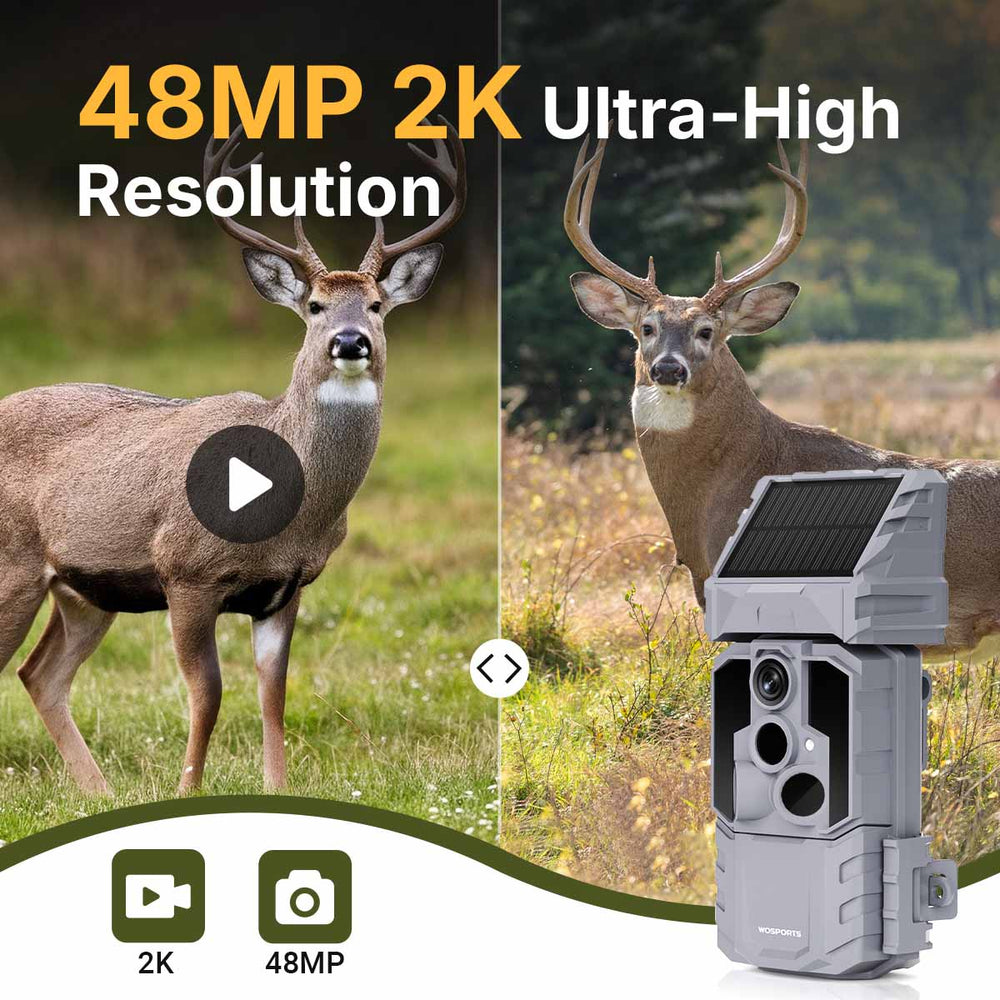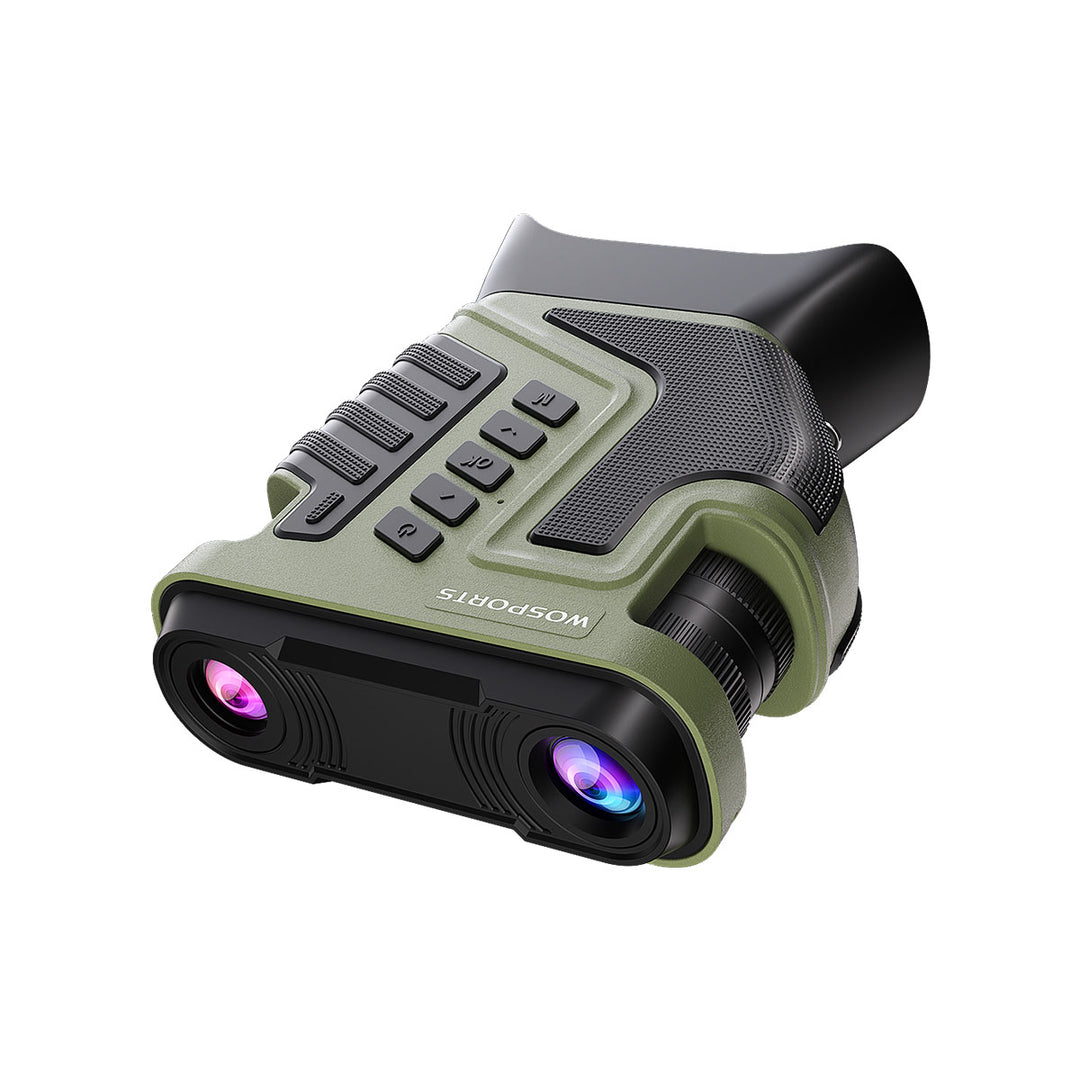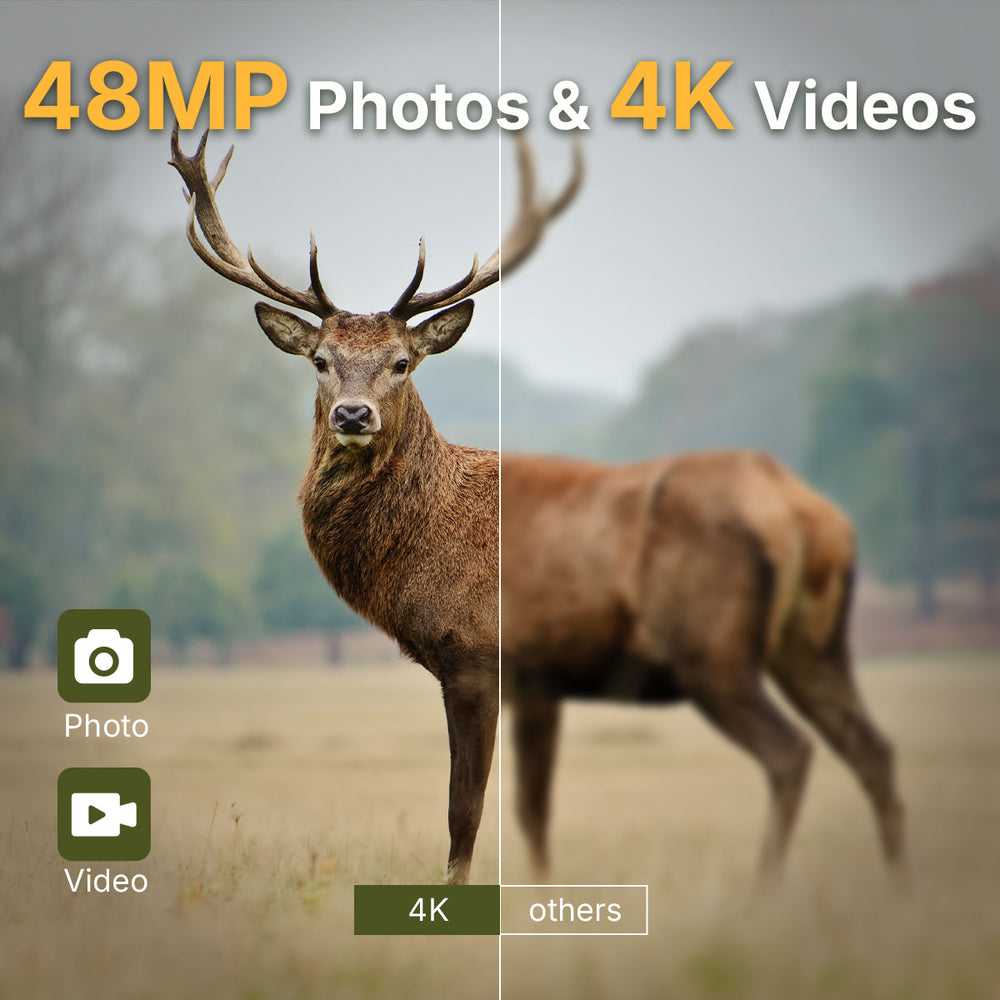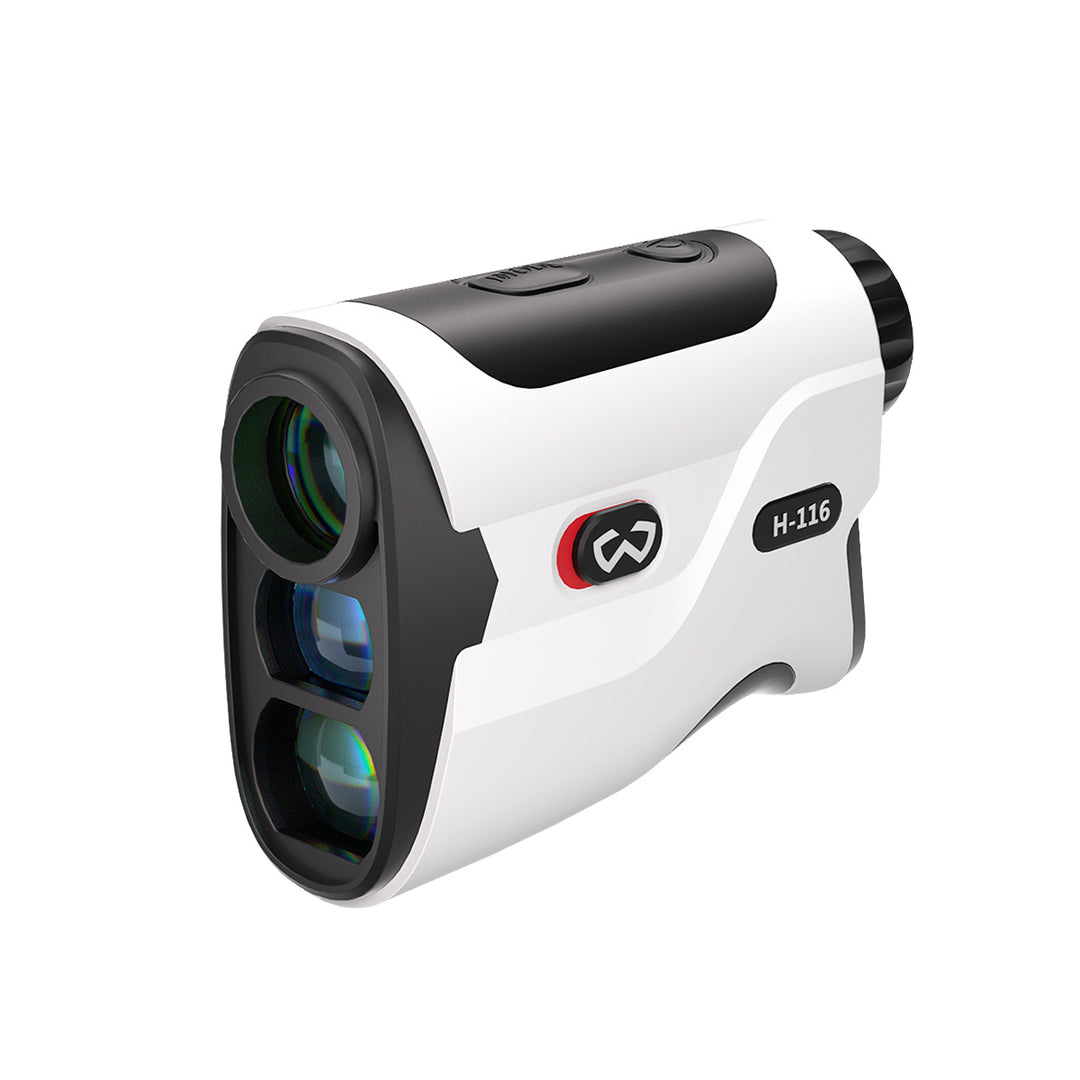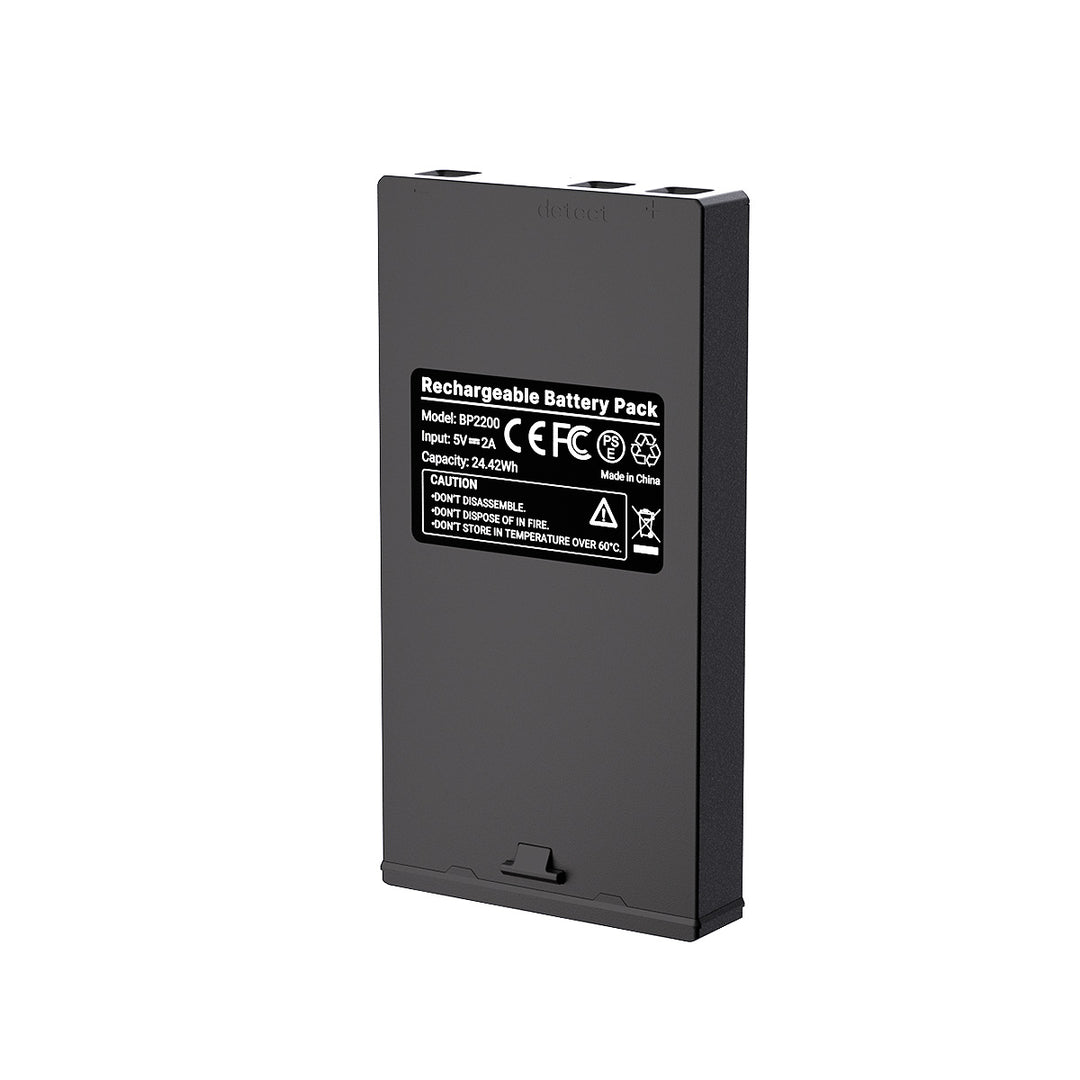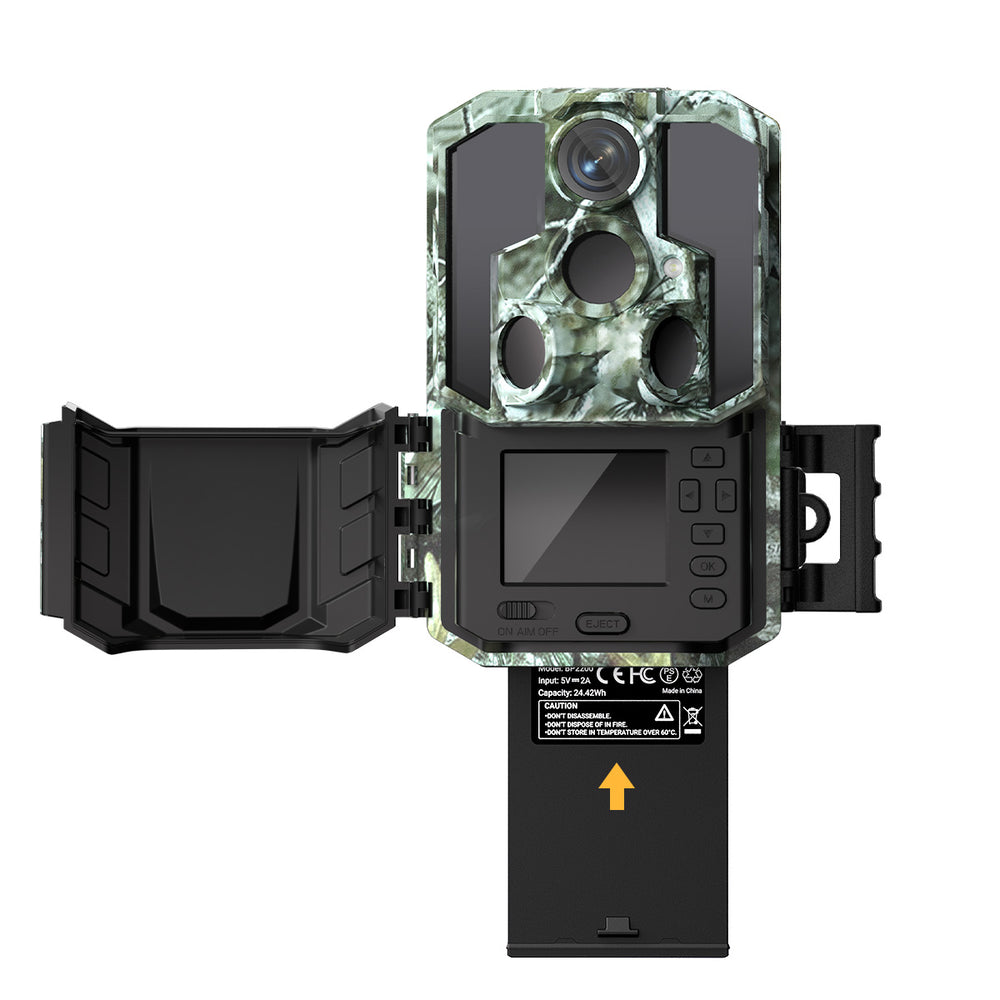How Long Do Trail Cameras Last? [2025 Newest Guide]
Trail cameras have become an essential part of wildlife monitoring, hunting, and even property surveillance. But before you decide to buy one, a common question comes up: How long do trail cameras last? This article will give you the answer.
What Really Affects How Long Your Trail Camera Lasts
Prior to examining the average figures, it's significant to recognize the deciding factors that determine a trail camera's lifespan:
Quality of Construction
Cheap trail cameras tend to come with thinner plastic casings, low-quality sensors, and little waterproofing. Eventually, rain, wind, and sun exposure will create cracks, condensation, or a short circuit.
High-end cameras, like the WOSPORTS G600, come with IP66 waterproof ratings, tough housing, and long standby life—all designed to survive even the toughest conditions.

Weather & Environmental Conditions
Outdoor exposure is most likely to harm your trail camera's longevity:
- Humidity causes metal contacts to corrode faster.
- Freezing temperatures or extreme heat damage internal electronics.
- Rain, snow, or dust storms can let water or debris enter unsealed cameras.
Battery Usage
Battery quality and type are key factors:
- Low-cost alkaline batteries leak and destroy the battery casing.
- Lithium batteries that are of high quality perform well in cold weather, warm weather, and usually last longer.
- Rechargeable packs or solar-powered trail cams can maximize use with minimal wear.
How to Extend the Battery Life of Your Trail Camera>>
Use Frequency
How frequently you use and power the camera is crucial. A constantly deployed camera with the trigger reset often, taping in high resolution, will burn out sooner than a camera deployed every now and then with a low trigger threshold.
Average Lifespan of Trail Cameras
Different categories of trail cameras have different life expectancies. Here’s a general breakdown:
How to Make Your Trail Camera Last Longer
You can extend your camera’s lifespan significantly by following a few simple practices.
Choose the Right Spot
Avoid placing cameras where they could be flooded or exposed to direct sunlight. Place them under a canopy or in a covered box for protection.
Use High-Quality Power Sources
Invest in lithium batteries, which retain their charge when it's cold and do not leak like poor-quality alkaline ones. Add solar panel accessories if compatible for use during off-seasons.
Clean Your Camera Regularly
- Mud or dirt on lens
- Insect nests within case
- Rust or corrosion near battery terminals
- Gently clean the lens using a microfiber cloth and seals with a dry b
- rush.
Store It Appropriately Off-Season
If you do not get year-round use of the camera, remove batteries and keep it in a dry, temperature-controlled area. Never just leave it out on display in the form of a harsh winter if it will not be employed.
Perform Firmware Updates
If your camera supports firmware updates (such as some WOSPORTS trail camera models), keep it updated to benefit from bug fixes, battery improvements, or detection upgrades.

FAQs: Durability & Lifespan of Trail Cameras
Q: Is it possible for a trail camera to last longer than five years?
A: Absolutely, particularly if it's a high-end model that is kept in a proper storage environment during the off-season. However, three to four years is a fair lifespan for cameras that are left outside all year.
Q: Does trail camera life change with temperature?
A: Definitely. The lens, battery, and internal electronics deteriorate more quickly in extremes of heat or cold. In those conditions, use weather-rated models.
Q: Should I purchase housing or a protective case?
A locking protective case will help prolong the life of your camera if it is subjected to weather conditions such as rain, snow, or animals like raccoons.
Search
Popular Posts
Recent Posts

Nov 28, 2024
Troubleshooting Common Trail Camera Issues
Jan 10, 2025
Why Does My Trail Camera Stop Working at Night?

































